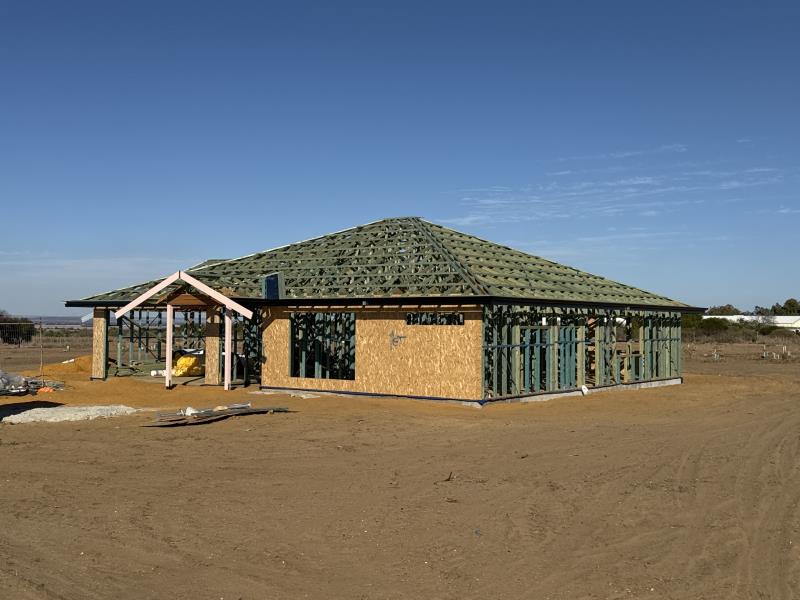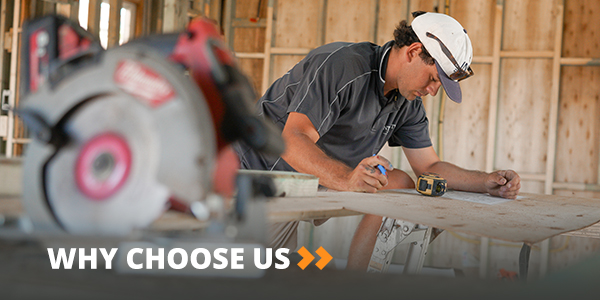
In the Midwest region of Western Australia (WA), the construction industry faces unique challenges due to the area’s exposure to high wind events, including cyclones and severe storms. As such, ensuring the structural integrity of buildings—especially timber-framed homes and structures—is critical for public safety and long-term durability. One of the most effective strategies to mitigate cyclone-related damage is the use of cyclonic timber frame tie-down systems. These systems offer a range of benefits, including improved wind resistance, compliance with national standards, and cost-effective housing construction.
Cyclonic tie-down systems are designed to secure the roof structure to the foundations of a building through a continuous load path. In cyclonic areas such as Geraldton, where gusty winds can exceed 200 km/h during tropical storms, this structural approach helps buildings withstand uplift and lateral forces. Traditional timber framing, while effective in non-cyclonic regions, is often inadequate in high-wind zones unless reinforced with purpose-built tie-down connections. These may include anchor bolts, cyclone rods, straps, hold-down brackets, and truss-to-wall connectors—all engineered to maintain a strong mechanical bond between different parts of the building.
One of the primary benefits of these systems is enhanced wind load resistance. By effectively transferring the wind forces from the roof through the walls and into the foundation, cyclonic tie-down systems significantly reduce the likelihood of structural failure. In regions like Geraldton, Cape Burney and Drummond Cove —areas that have experienced damaging cyclones such as Seroja in 2021—such reinforcement can mean the difference between a home surviving intact or suffering catastrophic damage. Importantly, even moderate enhancements to tie-down techniques can dramatically increase the safety of occupants and reduce insurance losses.
Another critical advantage is compliance with the Australian Building Code (ABC), specifically AS 1684.2 and AS 4055, which outline the structural requirements for wind classification and timber framing in cyclone-prone areas. Using compliant tie-down systems ensures that builders meet legal and insurance standards, reducing the risk of liability. It also provides confidence to homeowners, and insurers that the structure has been built to withstand local environmental conditions.
Cyclonic tie-down systems also promote long-term durability and cost efficiency. Although the initial cost of installing tie-downs may be slightly higher than standard framing methods, this is offset by reduced repair costs following severe weather events. Furthermore, many insurance companies may offer lower premiums for homes built to cyclone-resistant standards, delivering ongoing financial savings for property owners.
In conclusion, cyclonic timber frame tie-down systems are an essential investment for construction in the Midwest of Western Australia. They offer superior wind resistance, ensure compliance with building codes, reduce damage-related costs, and enhance community resilience. As weather patterns grow increasingly unpredictable, these systems will remain a cornerstone of safe and sustainable building practices in the region.



